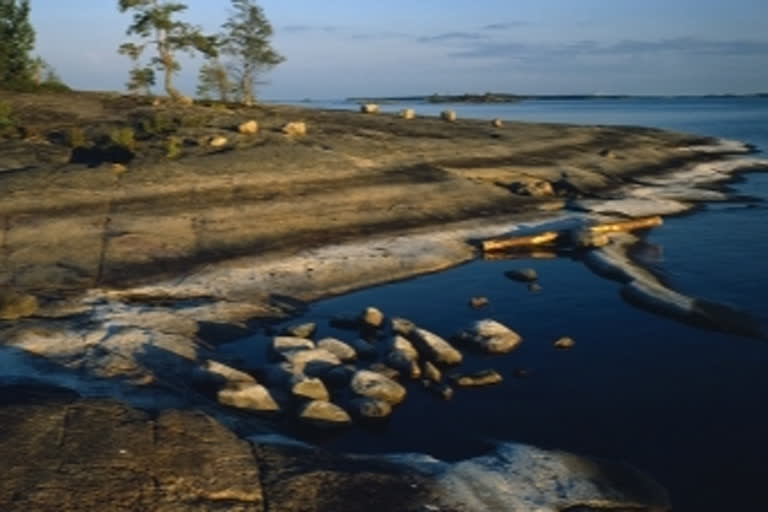New Delhi: The launch of Samudrayaan, India's manned scientific submersible under its ambitious Rs 4,077 crore Deep Ocean Mission was the hallmark of the Ministry of Earth Sciences (MoES) work in the year 2021.
The Deep Ocean Mission is a resolute plan to explore and harness the deep-oceanic resources and support the 'Blue Economy Initiatives' of the Central government with the MoES being the nodal Ministry implementing this multi-institutional ambitious mission.
The best part is that the Indian Space Research Organisation (ISRO) is helping to build a specialised sphere for the manned mission to reach 6,000 metres deep into the ocean.
On a trial basis on November 5, the autonomous National Institute of Ocean Technology (NIOT under the MoES, developed and tested a 'personnel sphere' for a manned submersible system for 500 metre water depth rating. Now, a Titanium alloy personnel sphere for manned submersible system for 6,000 metre water depth rating, is under development in association with the Vikram Sarabhai Space Centre, Thiruvananthapuram.
The MoES is looking at 2022 as a step closer to the Samudrayaan as this will be the basic building block for the Mission where scientists sort out the nitty-gritties regarding a programme that less than 10 countries across the globe carry out.
"India has planned to send a manned mission to space and to the bottom of the ocean at the same time - roughly, 2024," Minister for Earth Sciences, Dr Jitendra Singh had recently told media persons.
One of the many aims of the Deep Ocean Mission is to study the sea surface temperatures and then also study deep ocean thermal vents, all that can have a bearing on the changing climatic conditions.
Ministry has primary weather forecaster
Apart from looking at and within the ocean, the MoES also has a primary weather forecaster, i.e. the India Meteorological Department (IMD). There have been significant improvements in forecasting accuracy with respect to severe weather events, including tropical cyclones, heavy rainfall, fog, heat wave, cold wave, thunderstorms.
Accurate and timely prediction of tropical cyclones Tauktae, Yaas, Gulab and Shaheen helped the respective district administrations, and the disaster management authorities save thousands of precious lives.
There were also the occasional hiccups when the IMD's forecasts were off the mark. Two examples from 2021 are the forecast for arrival of monsoon in the national capital (in June-July) and the very latest, the extremely heavy rainfall in Chennai and three surrounding districts on December 30.
Three Doppler Weather Radars were commissioned at Mukteshwar (Uttarakhand); Kufri and Shimla (Himachal Pradesh); and Jammu. A Dual-polarimetric C-band Doppler Weather Radar was commissioned in the above facility recently for detailed precipitation process studies in the core monsoon zone.
Meanwhile, an official from the MoES said the work for seismic micro-zonation of four cities, Bhubaneswar, Chennai, Coimbatore, and Mangalore, is at an advanced stage of completion and work related to eight more cities (Patna, Meerut, Amritsar, Agra, Varanasi, Lucknow, Kanpur and Dhanbad) has been started and various Geophysical & Geotechnical surveys are in progress.
And among the most exciting yet least talked about is India's scientific expeditions to Antarctica.
The 40th Indian Scientific Expedition to Antarctica (40-ISEA) was flagged off from Goa in January while the 41st expedition was flagged off in November. The November team has two major programmes.
"All programmes of the Ministry are currently aligned with the Samudrayaan launch proposed in 2024. Year 2021 was when the countdown began towards the same and the years 2022 and 2023 would be building on that to reach the goal in 2024," a scientist from one of the institutions said.
IANS
Also read: 8th edition of the Indian Ocean Dialogue kicks off



